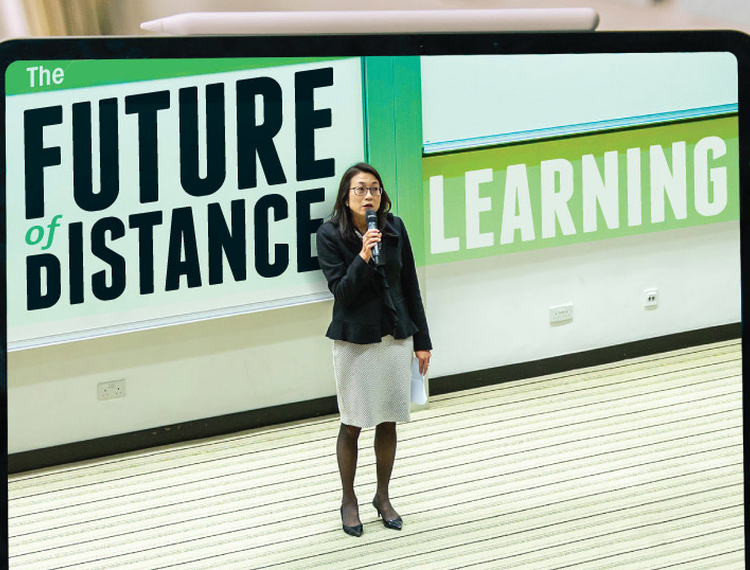The Role of COVID-19 In Distance Learning & #EdTech

As the #Coronavirus (COVID-19) continues to take the world by storm, schools are taking action to protect our youth. In case you weren’t aware, children are more prone to carrying COVID-19 asymptotically than adults are, so allow them to congregate in schoolhouses is the least ideal practice for educational leaders to enable.
This virus has no signs of slowing down. As of March 18, 2020, more than 862 million students have been affected by school closures, doing nothing but disrupting their educational journey. Education is an asset that makes the world go ’round, so no student – pandemic or not – should have to experience a halt in learning. There’s always a way, and eLearning systems have shown us that we don’t need classrooms for students to continue expanding their knowledge.
As of March 2020, at least 119 countries have seen public school and university closures prompted by the COVID-19 outbreak. At first, and typically in the form of an extended spring break given the virus’ convenient timing – students were given a few weeks of downtime from school obligations. During this time, educational leaders were working hard to figure out how they could transition into online coursework since it’s unlikely schoolhouses and universities will reopen for the remainder of the semester.
To put it simply, everything students would be doing in class – with the exception of hands-on laboratory experiments – happens online. Educators, who at large are already fans of EdTech, are turning to video, virtual reality (VR), and augmented reality (AR) to relay new content to their classes.
Some classes meet via live video chat on Zoom, while others use message boards and learning management systems like Blackboard to periodically check in with their teachers and professors. Teachers are also taking unique methods in expressing their content.
For example, some teachers pre-record themselves speaking, and others screen-record their computers while typing/drawing out a lesson. This is where EdTech comes in to help.
Some statistics for you:
- 98% of educations believe that interactive video will be essential in the future due to the ways it increases retention rates and enhances content consumption.
- 89% of educators want to use more AR, VR, and 360-degree video to relay new content to their classes.
- 67% of organizations offer mobile learning: a method of offering learners the freedom to consume content WHEN and WHERE they’d like.
Mobile learning is what reels students in. Although we’re supposed to be practicing social/physical distancing and self-quarantining, our generation as a whole is constantly on-the-go. With mobile coursework, students can “go to class” from their smartphones and tablets, and 56% opt for this option. This way, remote education doesn’t have to confine them to a desk.
However, there are challenges that come along with every great resource. I encourage you to check out the infographic below. It explains an array of things: the problems and benefits students face in eLearning, how eLearning caters to low-income students, how to find high-quality online learning for University credit, and how the future of distance learning will look after we defeat COVID-19. Please stay safe, healthy, educated, and indoors… and remember to extend your love to those around you.
I’m writing from the United States, but the people and the culture of the United Kingdom have always had a special place in my heart. I’ve been keeping up with how the virus is impacting you all, so I truly wish you all the best, and I wish you eternal health. Ta ta!













Responses